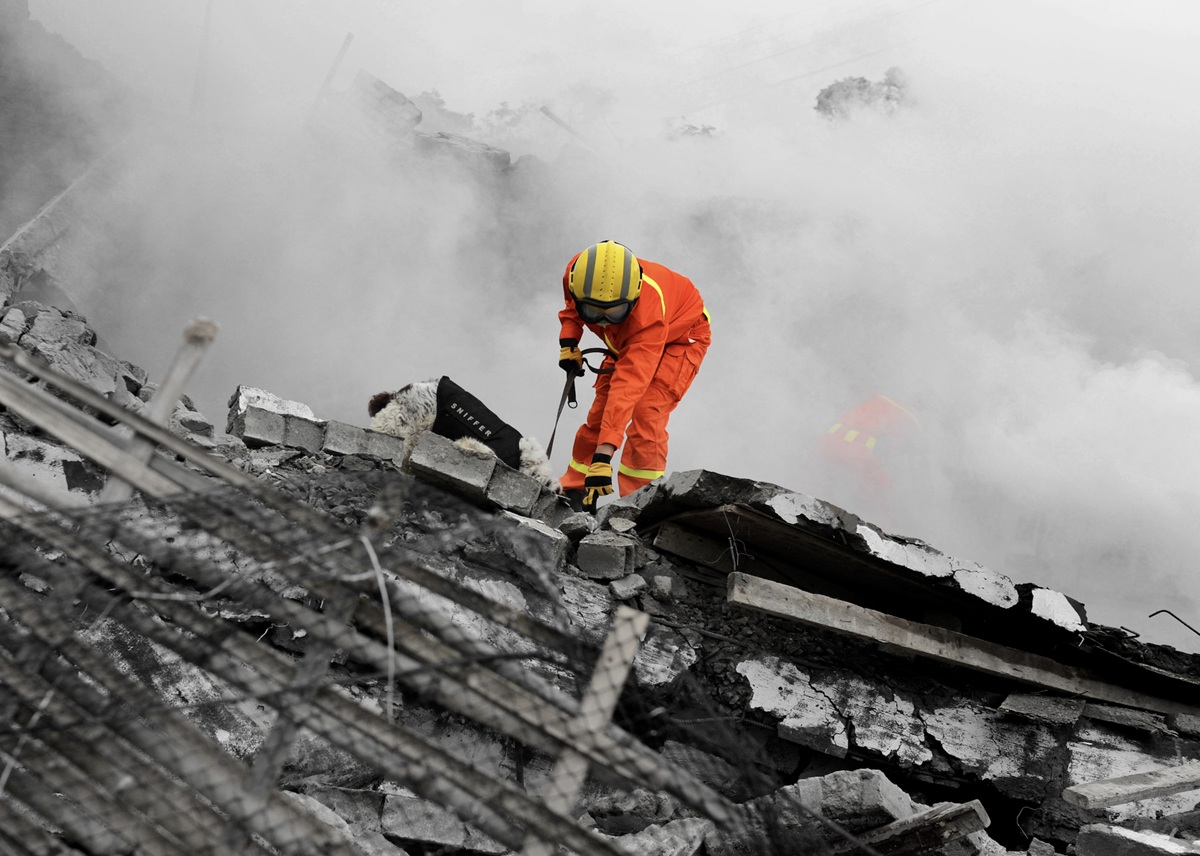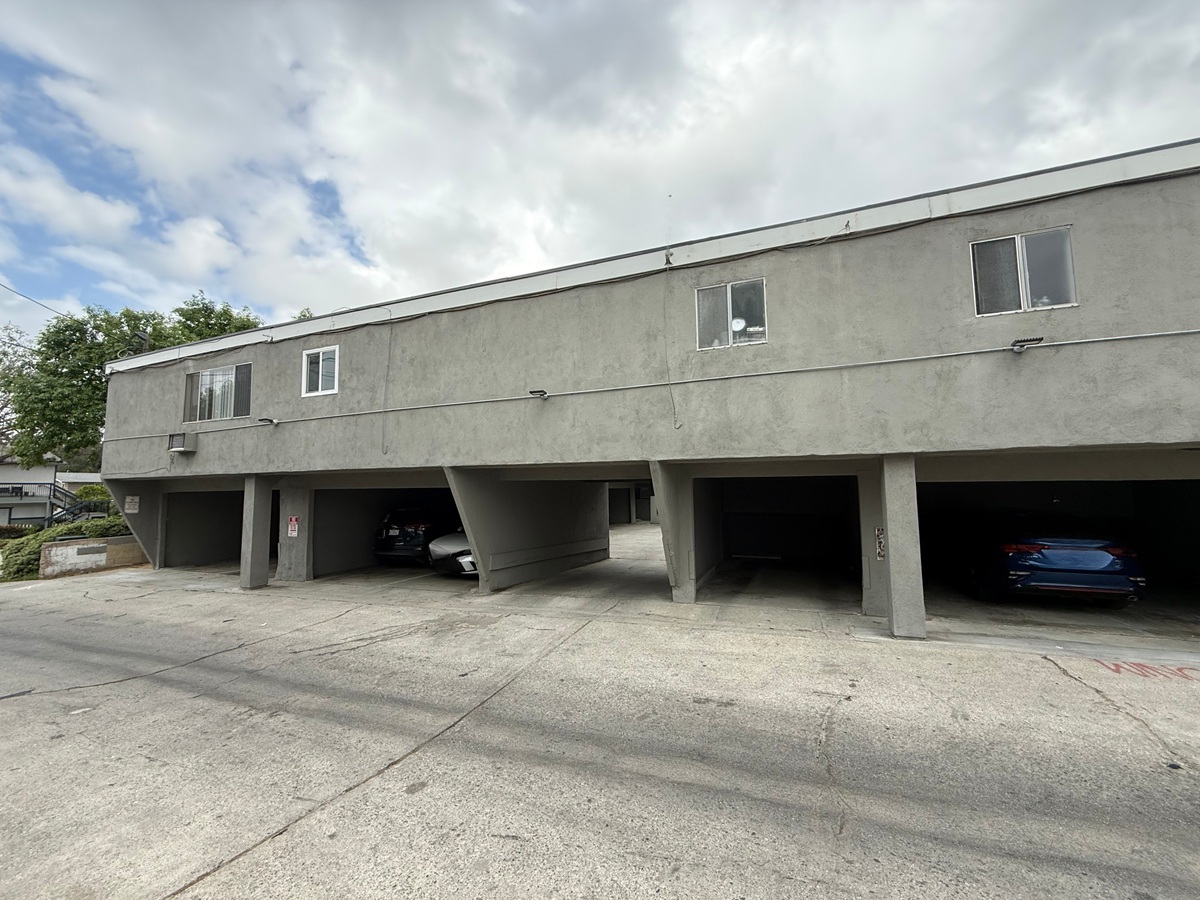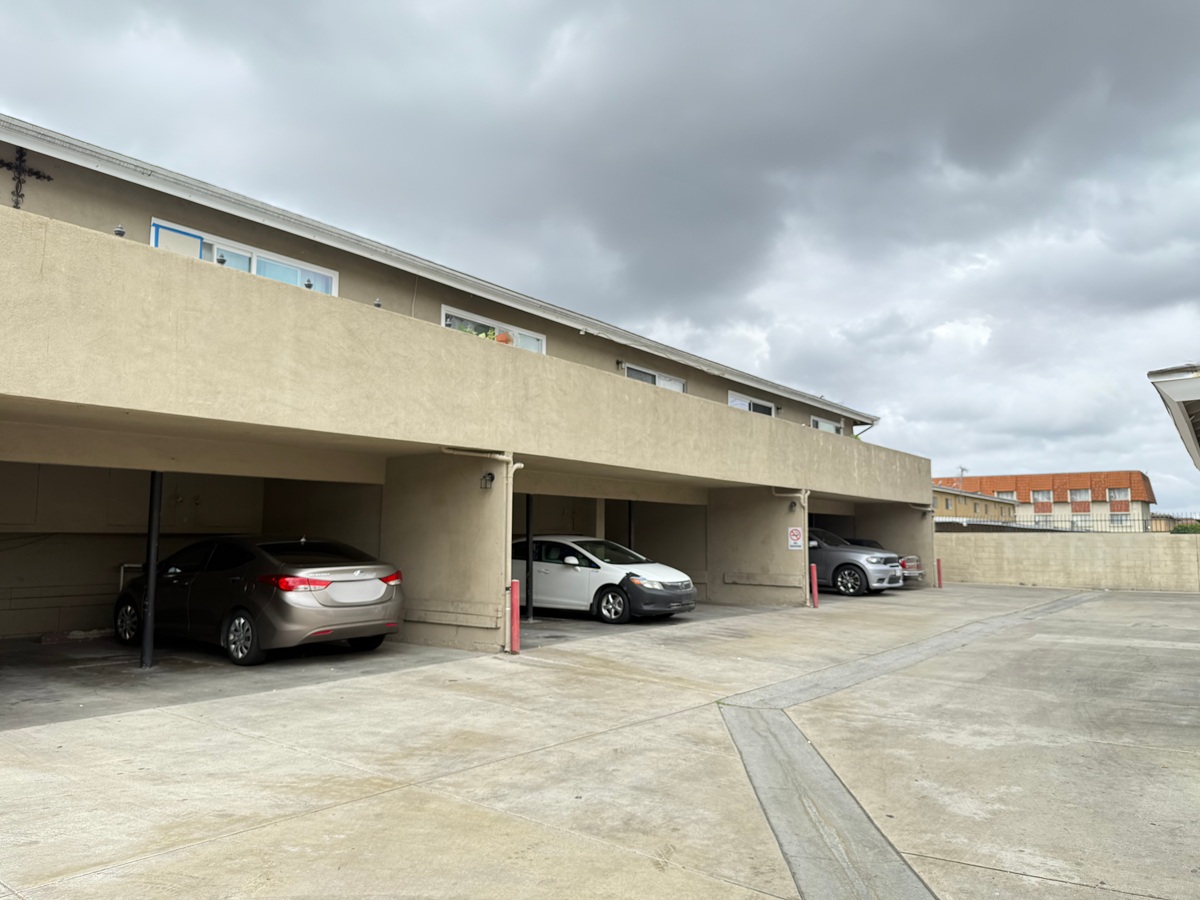Demolition of the “old” Long Beach City Hall – dedicated on the day of the nation’s bicentennial on July 4, 1976 – is underway. By the end of the year, it could be completely razed.
Deemed a threat in a major earthquake, the 14-story tower was closed in 2019 due to seismic safety concerns. Demolition began in late fall, and soon, the black-and-glass monolith and its trademark wings of concrete will join the old courthouse among the city’s lost relics of buildings deemed unsafe for public use.
A new Civic Center has been constructed at the old courthouse site on West Ocean Boulevard, and plans call to convert the City Hall property into a mixed-use development.
This is a significant step in making the city more resilient against earthquakes – a major threat for this region.
Signs your city is resilient
What does resilience look like? The National Science and Technology Council identified four key characteristics of disaster-resilient communities:
- Relevant hazards are recognized and understood
- Communities at risk know when a hazard event is imminent
- Individuals at risk are safe from hazards in their homes and places of work, and
- Disaster-resilient communities experience minimum disruption to life and economy after a hazard event has passed
Long Beach has been proactive in addressing a number of major structural hazards in the city.
Earlier this year, Long Beach Community Hospital reopened after being shut down in 2018 and retrofitted for seismic safety.
The city served as the beta test site for California’s earthquake early warning system.
The new $1.4 billion Long Beach International Gateway bridge with state-of-the art seismic safety technology safeguards both trade and travelers in the Long Beach harbor area as it spans the Back Channel.
And prior to the pandemic, Long Beach had been preparing a comprehensive inventory of dangerous buildings in the city that may collapse in a major earthquake. (That’s step No. 1 in the list of disaster-resilient characteristics cited above.)
Delayed by the pandemic
Unfortunately, those plans for a seismic safety database of earthquake-vulnerable buildings in the city have been delayed by COVID-19, due to restrictions on entering up to 3,500 commercial and residential buildings to do some of the work, according to local news reports.
Their earthquake safety inventory, once complete, will provide a snapshot of the risks Long Beach faces as a city. That will be the first step in informing residents about those dangers and developing a plan of how to address them.
And building owners should get to that work quickly, because earthquakes don’t wait.
Los Angeles officials adopted an earthquake retrofit ordinance in 2015. They worked with owners and managers of more than 14,000 buildings to encourage the necessary improvements. By mid 2021, more than 7,000 buildings had been retrofitted with many more in the planning process.
Experts believe too many Californians live in earthquake denial. We shrug it off, and ignore its ever-present threat to our lives and our livelihoods.
But there is too much evidence available, too many facts to be ignore. Industry associations know that soft-story buildings can collapse and kill in earthquakes. Just as a restaurant that doesn’t properly clean up a spill can be found liable for a patron’s fall, property owners that haven’t taken reasonable steps to protect their property and tenants can be held liable for deaths and damage in earthquakes. The attorneys call it negligence. And jurors have agreed.
Seismic safety is an issue that should be in the forefront of everyone’s minds, because the threat is real, and perhaps more frightening than others we face.
Are we prepared at home, in our place of business, in our hospitals, schools and community? How severely would our neighborhoods suffer physical and economic disaster that would ripple throughout the rest of California? How quickly could we recover from that looming earthquake? Would recovery take years or even decades as we have seen in other areas?
Start preparing now by getting the facts to assess whether your apartment building is at risk. Call Optimum Seismic at 833-978-7664 for a complimentary evaluation to find out precisely what risks and liabilities you may be facing.







